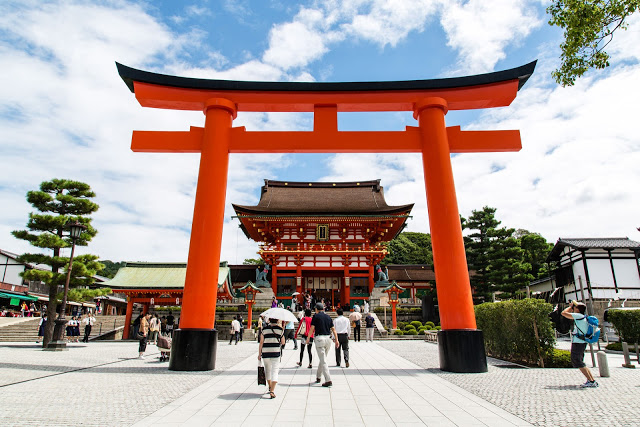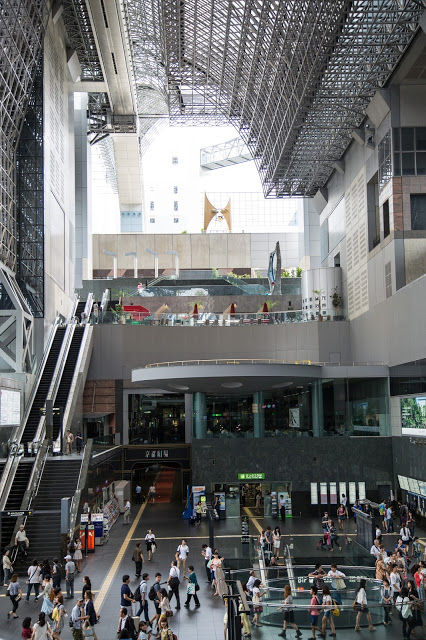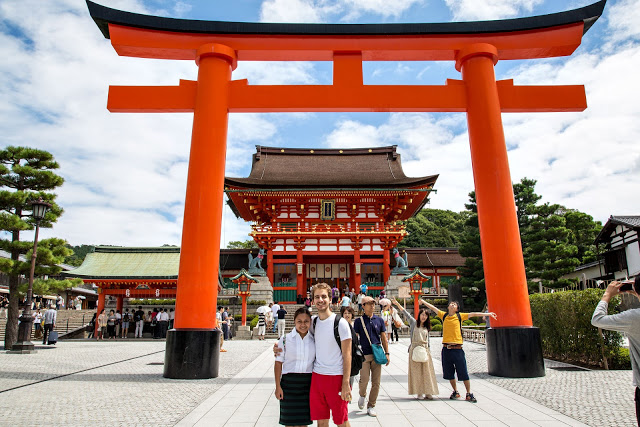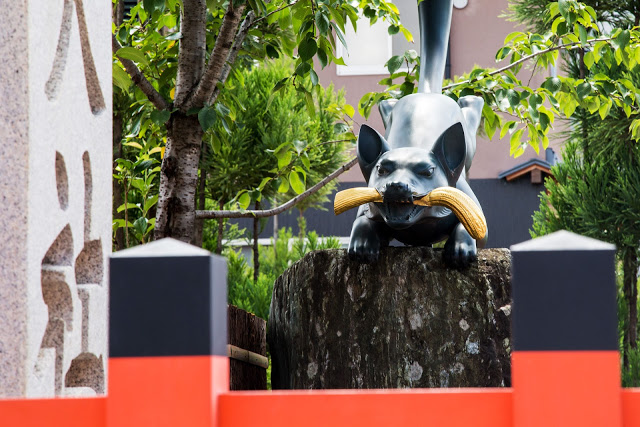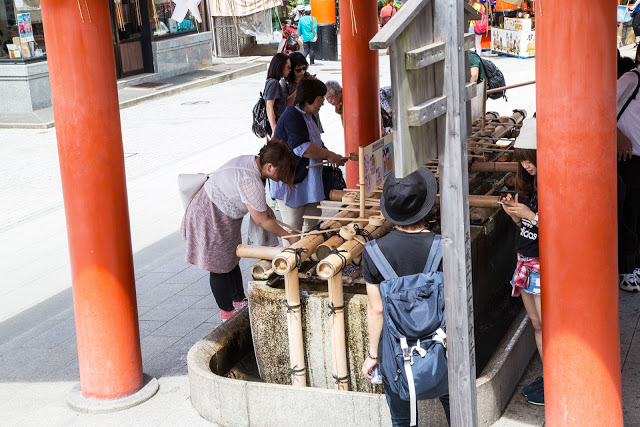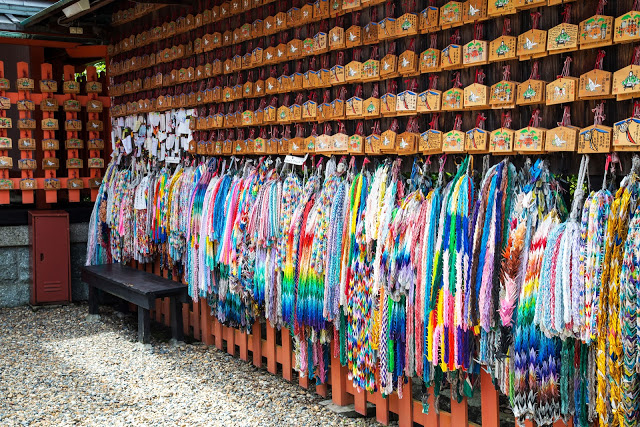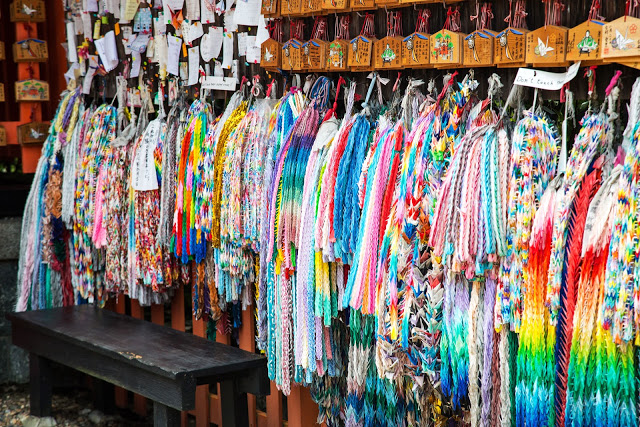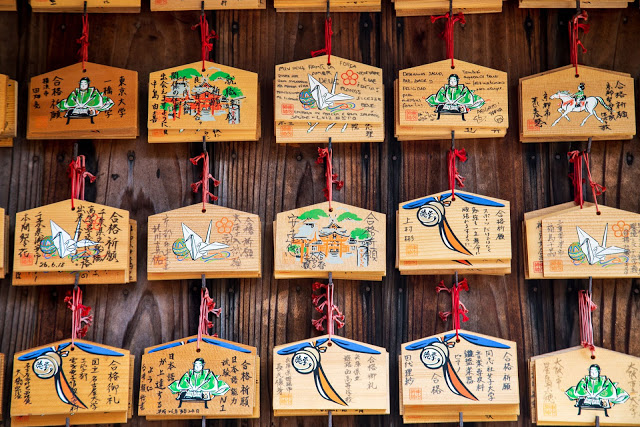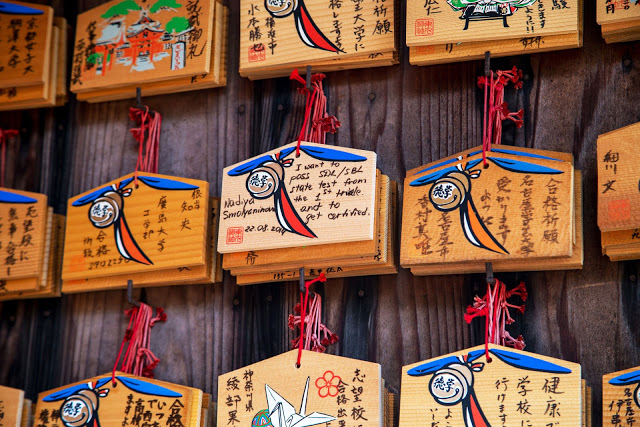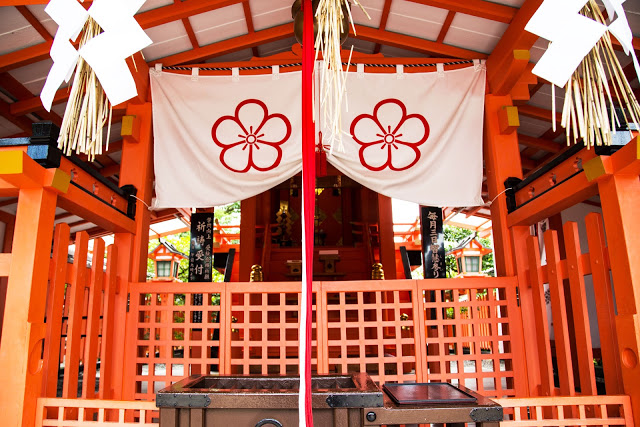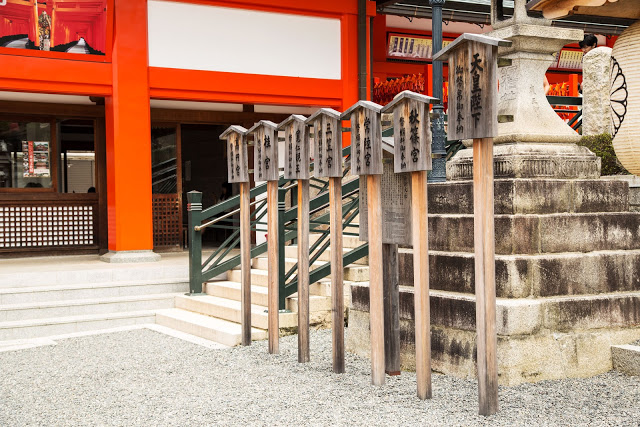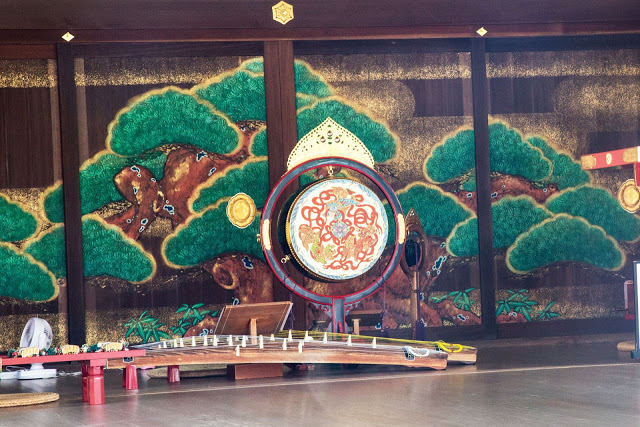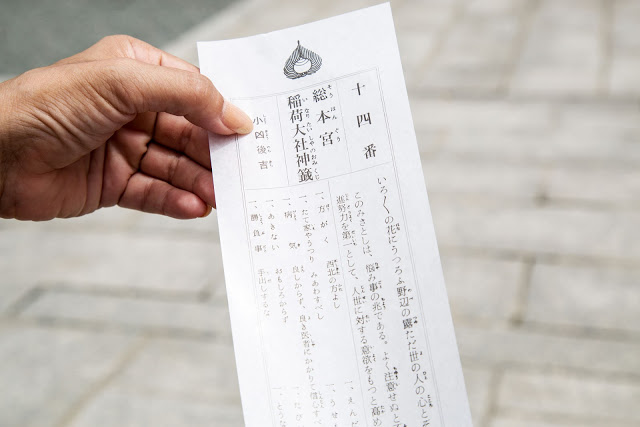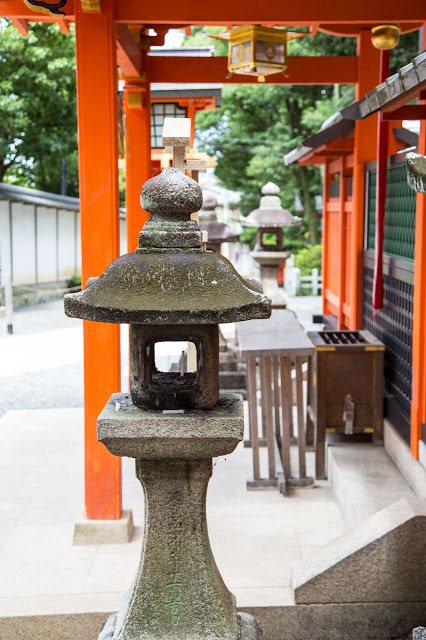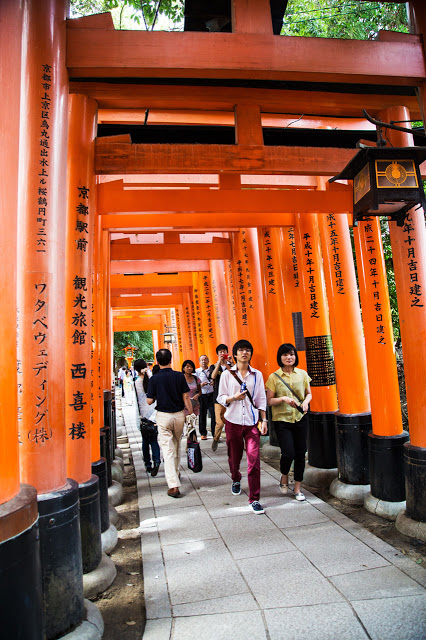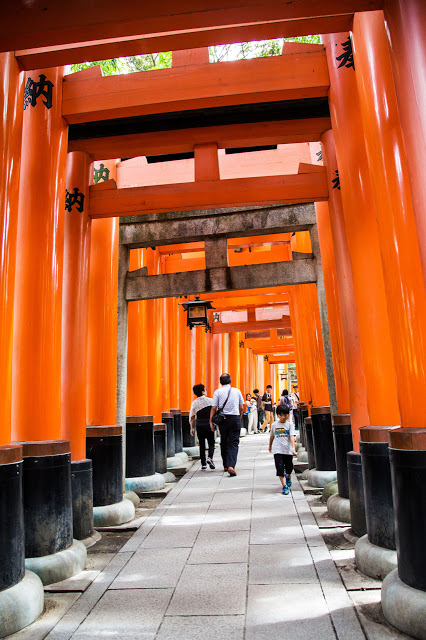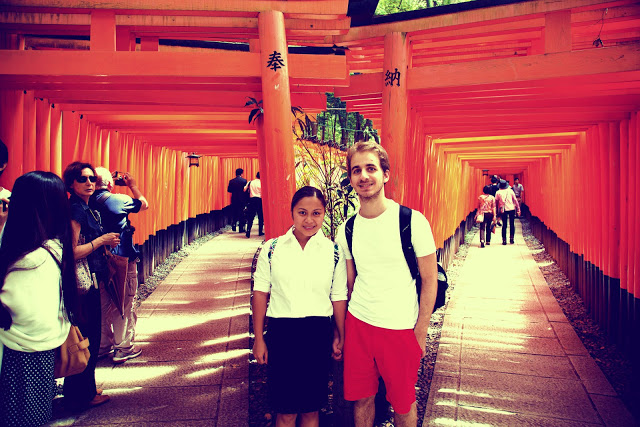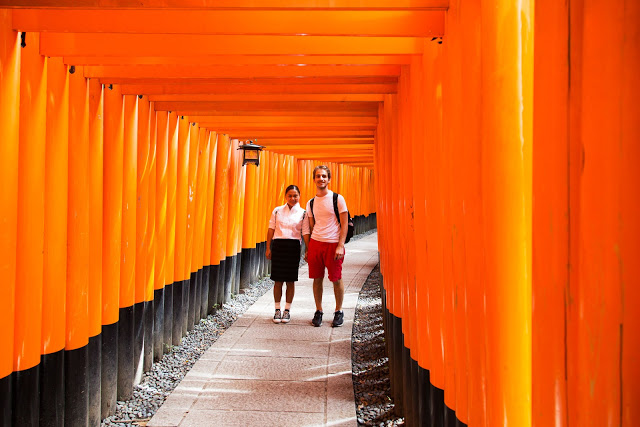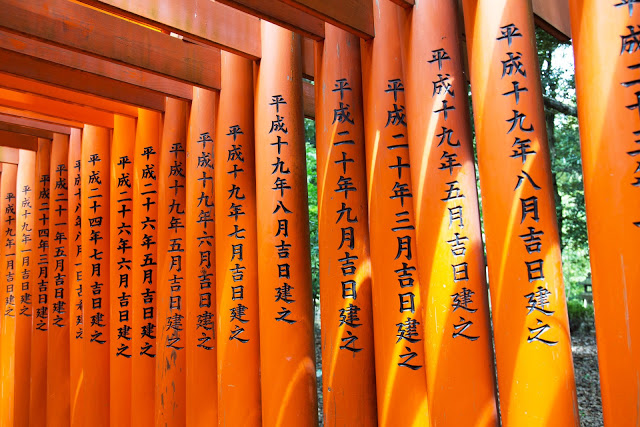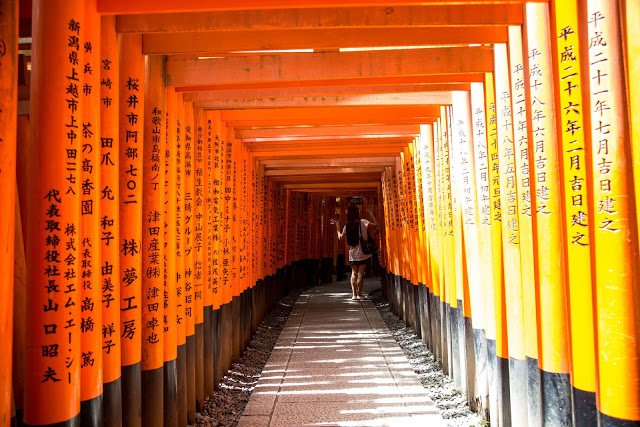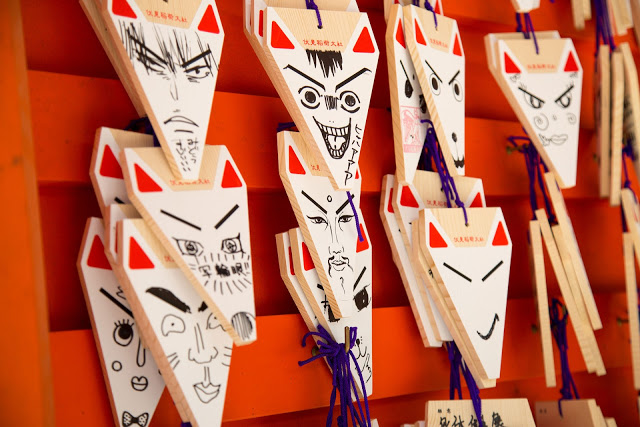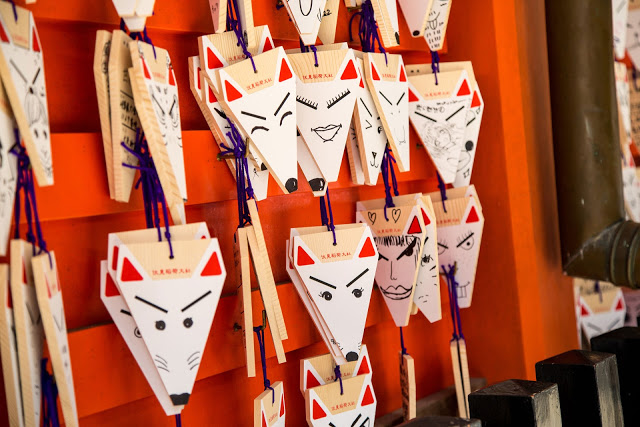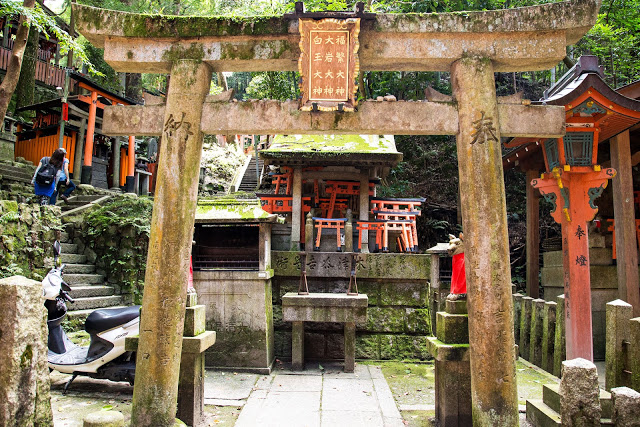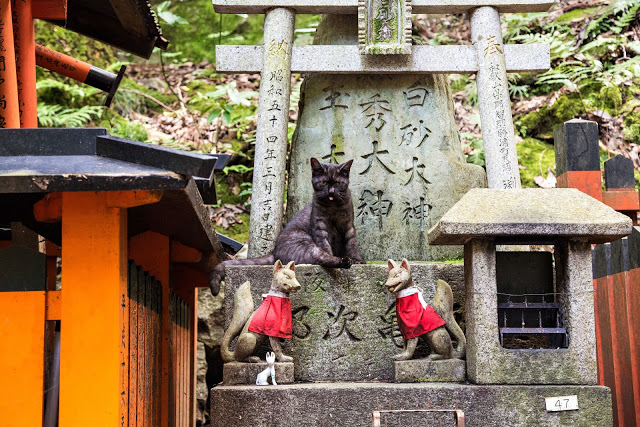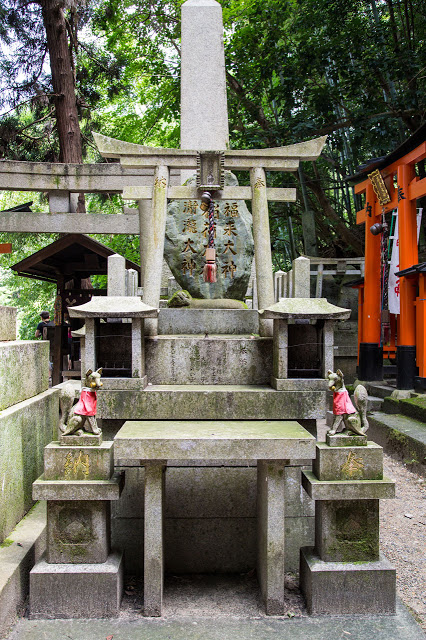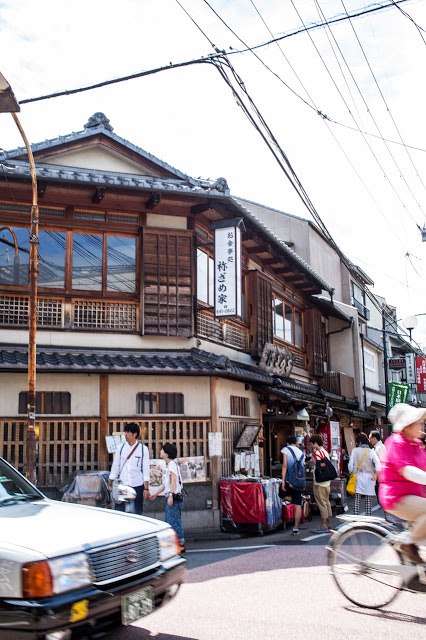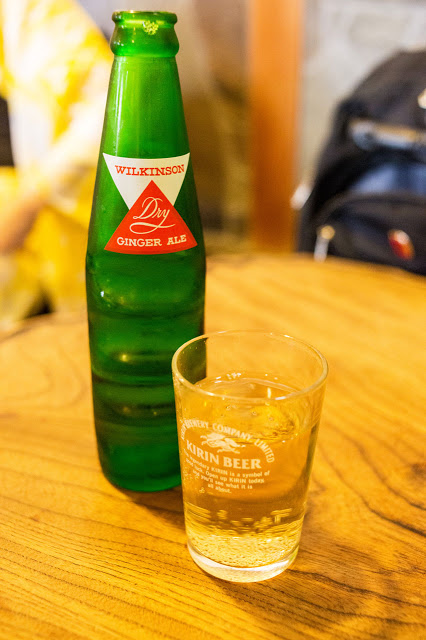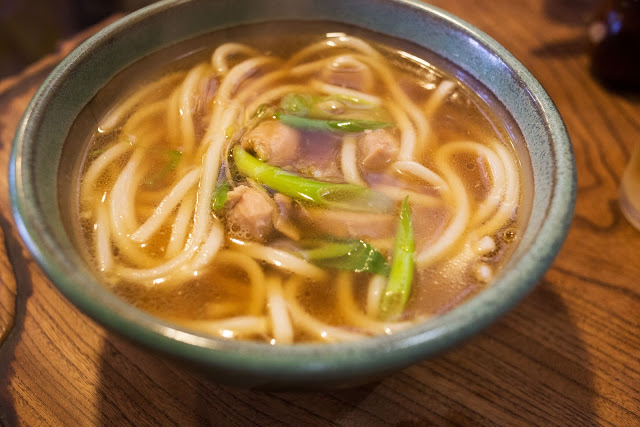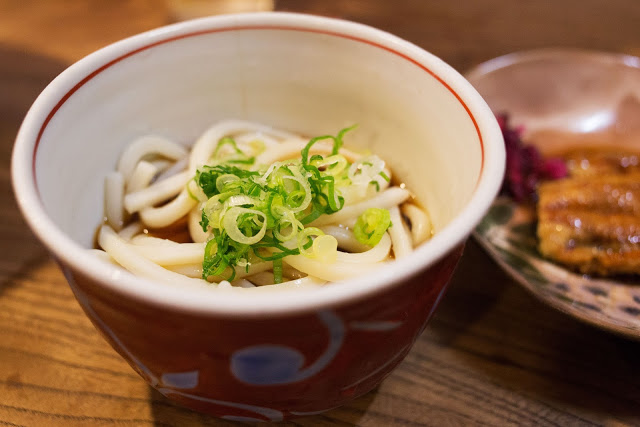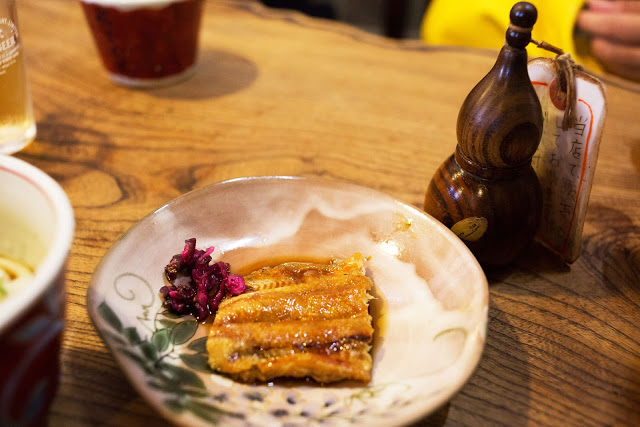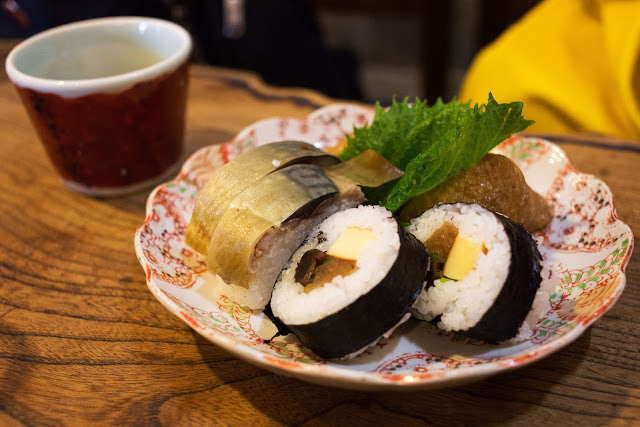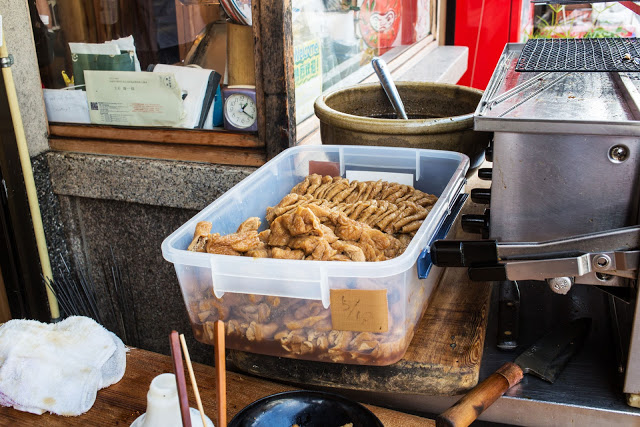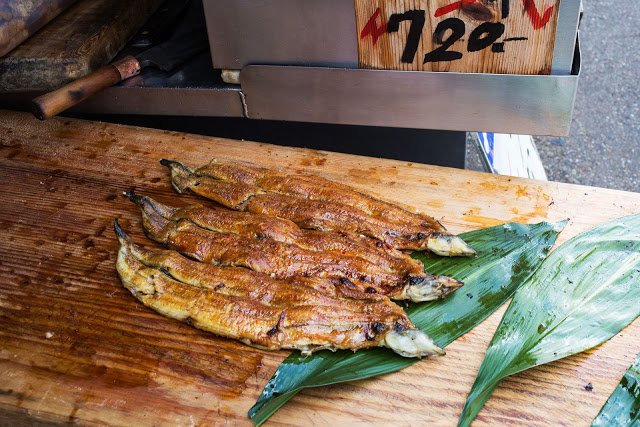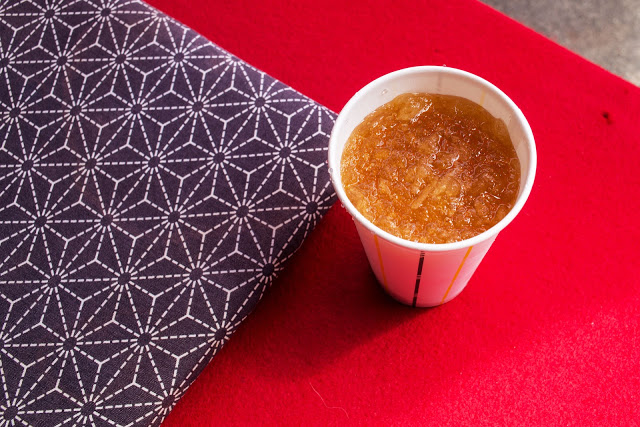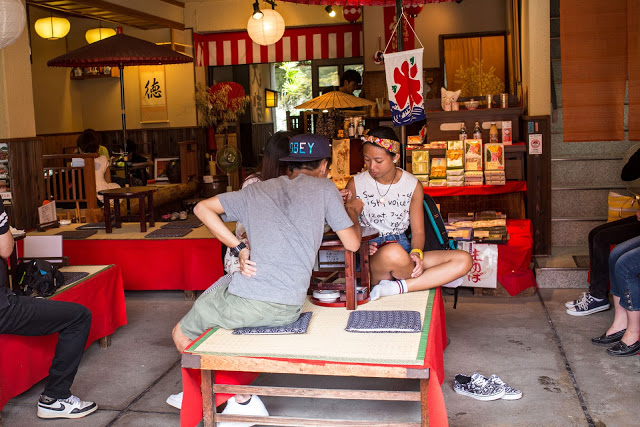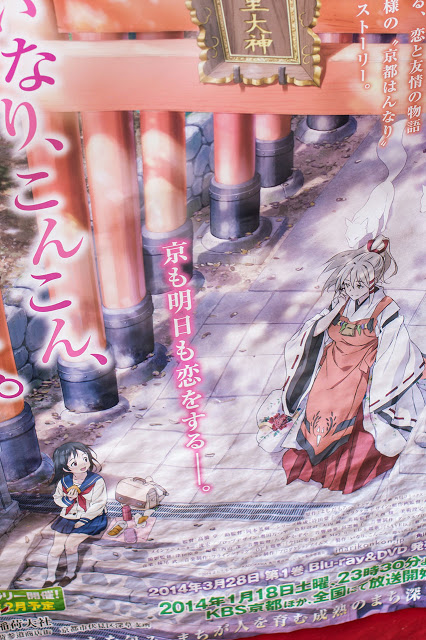Our Kyoto day trip (don’t even get me started on how we should’ve spent at least 2 days there) started out really exciting, or uh, stressful. We were going on one of Japan’s high-speed trains called “shinkansen”, and therefore had to figure out where to board and which car to find seats in. It was also an early train, leaving at 8:20 am, since we wanted to meet our guide at around 11 am, so we settled for some quick and cheap eats. This had somehow become a trend during this trip, though I guess it was somewhat by design because I wanted to focus on sightseeing and not food. I had a breakfast of a sweet bun filled with two types of bean paste, part of our food haul from the day before, and a Suntory Boss Cafe Au Lait, which had become my vending machine drink of choice for the entire trip. (There were, quite literally, multiple vending machines at every block in Tokyo, and we even found one right under a flyover in Kyoto, so I probably had 3 of these every day.) Michael had some more of the hotel’s sweet buns to go. The train seats were quite comfortable, and surprisingly large (I would say a 6 footer would fit in no problem), with a tray for eating. Each pair of seats also had an outlet to charge electronics with. Overall the train ride was really nice. They also sell some food on the train, but since there are also plenty of bento boxes and baked goods sold at the train station, this isn’t a huge problem.
Before we knew it, we were at the station in Kyoto, confusedly trying to follow the directions our guide had given us for meeting her. She was surprised that I was wearing a skirt, but figured it would be fine since I was also wearing a comfortable pair of chucks with it. (This was not my best fashion moment, but I’m going to have to live with these pictures hahaha!)
Fushimi Inari Taisha (Shinto shrine of the god Inari)
Our first stop was at one of Kyoto’s many, many shrines. Fushimi Inari Taisha is the head shrine (which I guess translates to the main headquarters) of the Shinto god Inari, god of foxes, fertility, rice, tea and sake, of agriculture and industry, and of general prosperity and worldly success.
Before continuing, our guide instructed us on how to purify ourselves before entering the shrine. Most shrines will have a water fountain with some ladles for washing your hands and mouth. The following is a step-by-step guide on what to do (thanks to this guide): http://akbok.hubpages.com/hub/VisitingAShintoShrine
How to Wash Before a Shinto Shrine Visit
Step 1: Pick up the ladle with your right hand and scoop up some water from the top portion.
Step 2: Pour a third of the water into your left hand and wash it first. Swap the ladle into your left hand, and then pour another third of the water into your right hand and proceed to wash it. All of this should be occurring in the bottom part of the temizuya, not where you initially scooped the water.
Step 3: Now that your hands are clean, you’ll need to wash your mouth. Pass the ladle back into your right hand, and then (hopefully you have some water left) pour some water into your left hand. With the water in your left hand, bring your hand to your mouth and rinse with the water, finally spitting into the little area on the ground. Whatever you do, just don’t put your mouth directly to the ladle, or spit back into the top area where you drew the water.
Step 4: Finally, you need to wash the ladle for the next person. To do this, draw some more water into the ladle, and now holding it with both hands, tilt the ladle scoop side up so that water falls down the handle and onto your hands. This essentially cleans the ladle, your hands, and the handle. You’re now all set to make your way to the shrine itself.
After the purification ritual, our guide described to us the other mini-shrines to other gods at the front of the temple. One of them was for the god of education, so there were plenty of prayers offered by students in the form of little wooden boards and paper crane chains.
Next, our guide showed us the traditional “rope, bell, and box” used to pray to the gods at Shinto shrines. There were several of these throughout the shrine, because there were plenty of mini-shrines devoted to other gods. There are supposedly about 8 million of these gods, masters of different items and situations you may encounter in life such as the sea, ships, medicine, even your kitchen. If you’re a devout Catholic, saying a prayer here is probably not something you should do. But if you’re very “cas” about religion (and have seen this in many animes as I have), it might be something cool to do.
Steps for offering a prayer at a Shinto shrine:
Step 1: Walk up the steps so that you’re in front of the box and the rope, and bow deeply once (go down so you’re making a 90 degree angle at the waist). After you bow once, you’ll want to ring the bell (It’s more like a dull thud than a ring though). The purpose of this is to purify yourself of evil spirits. Although I describe the money giving process below, some people prefer to put money in before they ring the bell.
Step 2: Now that you’re purified via the water fountain and the thudding bell, you’re ready to pray. Gently place, not 3 pointer launch, some money into the box (normally a 5 yen coin will do). After this, you’ll have to bow twice more, nice and deeply like you’re trying to make a 90 degree angle at your waist. Upon coming up from your second bow, put your hands together in front of you like you’re trying to kill a fly, and then separate them and clap twice. When you’re done with your second clap, keep your hands together, and then pray.
Step 3: After you’re done praying, separate your hands and do one more bow (some people like to do two at the end, with the first one right after your prayer being deep, and the last one being a less intense bow). You’re all set at this point, and you can apply this basic technique at any shrine in Japan.
After “saying prayers” at the rope, bell, and box, our guide described to us how many of the structures and items at the shrine were offerings by wealthy individuals and companies. These wooden ones shaped like houses in particular were from some of the original donors of the shrine.
There was also a stage with a few musical instruments set on it. Our guide told us some companies would give offerings in order to “sponsor” a musical performance here.
You can also pay to get your fortune told. You get a sheet with your fortune on it, and here’s one for Michael:
The rest of the visit was all about these many, many torii gates at the shrine. To do a proper pilgrimage, you do a trek up to the top of the mountain on a path entirely covered with toriis, and say a prayer at each mini-shrine. It is said that the shrine has over 10,000 toriis. Each one is usually an offering by businesses and corporations in order achieve (or maintain) success. According to our guide, the walk would usually take 1 and a half to 2 hours, depending on how long you stop to say prayers, and could be longer if you take tea breaks in between.
Many of the offerings come in the form of wooden boards you can personalize. This is one type, in the shape of a fox’s head.
One of the mini shrines had a cat hanging out on top of it. We really wanted to pet it, but our guide was extremely alarmed and told us not to do so. Since another lady immediately started petting it, we were saved from our urges to pet all cats.
We didn’t have time to do the entire walk, so we stopped midway (a normal stopping point) and headed back down.
She brought us to a nearby restaurant that features eel, sushi, and udon.
Michael ordered the udon, and we shared a set menu of a small bowl of udon, eel, and sushi. Michael’s udon had chicken and a richer broth, while mine was very simple, a perfect accompaniment to the sweet eel and the sushi that had sweet egg, eel, and rice noodles in it. It was all simple, but very delicious fare. It was interesting to me that the sushi had cooked eel in it, and since I’m a huge fan of eel and sweet egg, this would probably be the first roll I would try if I was ever inspired to learn how to make rolls.
Next she brought us to a little store that sold a sweet, icy ginger drink that the locals drink a lot. We tried a cup of it, and it tasted to me like a gingery version of the Filipino drink “sago’t gulaman”, without the sago (pearls) or the gulaman (jelly).
The store also had a poster of a soon to come out anime featuring the Fushimi Inari temple. I told myself I would look it up when I got home. Alas, I have seemingly endless number of “One Piece” episodes to watch still.
The Fushimi Inari temple was a wonderful first stop, and immediately made me fall in love with Kyoto. I would highly recommend adding it to your itinerary if you’re in the area.

